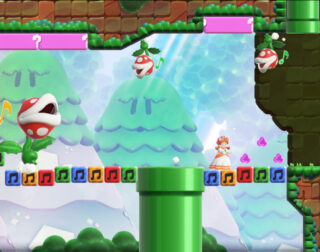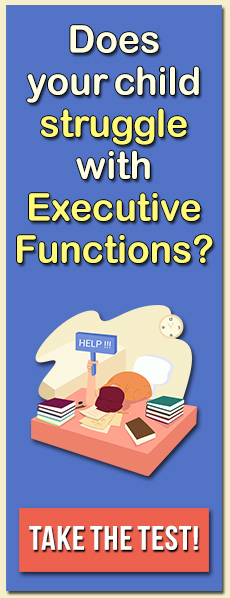A common theme that parents have expressed to me about their kids playing Fortnite and other similar games is how they struggle to stop playing the game and transition to other activities. These kids often become so involved in the game play that they seem lost in their own world. Stopping play, particularly in a game such as Fortnite, which fosters a high intensity involvement, is extremely difficult for some kids. Kids who cannot transition from playing Fortnite may refuse to get off, continually ask for more time to play, or repeatedly dwell about the game after they have shut if off.
If you have a child diagnosed with ADHD, Autism, Learning Disabilities, Executive Functioning problems, Anxiety, or Depression, transitions may be extremely difficult.
Rather than being upset with your child for his difficulty in transitioning from playing Fortnite to other activities, it may be useful to look at how games such as Fortnite keep kids engaged. Factors such as the variable reinforcement schedule, extreme level of excitement and intensity, and popularity of the game among peers have made Fortnite one of the most difficult games to transition from for children. As a result, parents have a challenge on their hands and could benefit from these very specific strategies for kids who cannot transition from playing Fortnite:
- Discuss transitioning before engaging in game play. Ask your child to tell you what will make it difficult to transition and what you and he could do about it before he begins to play.
- Reward and praise good transitions. Should your child stop game play readily and move on effectively to something else, consider giving him an extra 15 or 30 minutes of game play the next time he gets on.
- Create some type of visual task or reminder for transitions. This could include having a timer on a desk, a piece of paper that has the time to stop, or the use of an electronic device such as Alexa that could give him warning when the time limit is up.
- Find a transition activity that involves movement or reward. Transitions will be easier if you get your child up from the game and immediately engaged in an activity such as going for a bike ride, helping with chores around the house, or sitting down for a favorite dinner.
- Have a snack ready or another privilege available right after transitioning. Consider having a regular activity to which the child transitions from video-game play.
- Make effective transitions a competition. Chart daily transitions for the amount of time needed and level of cooperation on a 1-10 scale. Create a set of goals that the child can achieve for cooperation and select rewards to reinforce appropriate behavior.
- Consider transitions that move to another screen-time activity that is educational. To the degree that the educational content is interesting and engaging, your child may be content to do so.
- Be consistent in that there will is a loss of privilege for poor transitions. The punishment or loss of privileges need not be extreme and might be best if it involves loss of screen time.
This article is one of a series of posts about Fortnite. In the past month I’ve been approached by many new services, including Fox News.com, WBZ radio, and Bloomberg News, to provide an expert opinion about the pros and cons of children playing Fortnite. My basic message has been that Fortnite is inappropriate for children under the age of 13, as it is built in a way that can encourage overuse or, in rare cases, even addiction to the game. However, it can also provide opportunities for developing skills such as planning, organization, flexibility, problem-solving, and collaboration. At the same time, I have a sense of discomfort with the storyline of Fortnite, where the objective of the popular Battle Royale game is to kill everyone so that only you survive. This one-for-all motive in the game promotes a selfishness and lack of empathy for others that permeates our societal and political environment.





